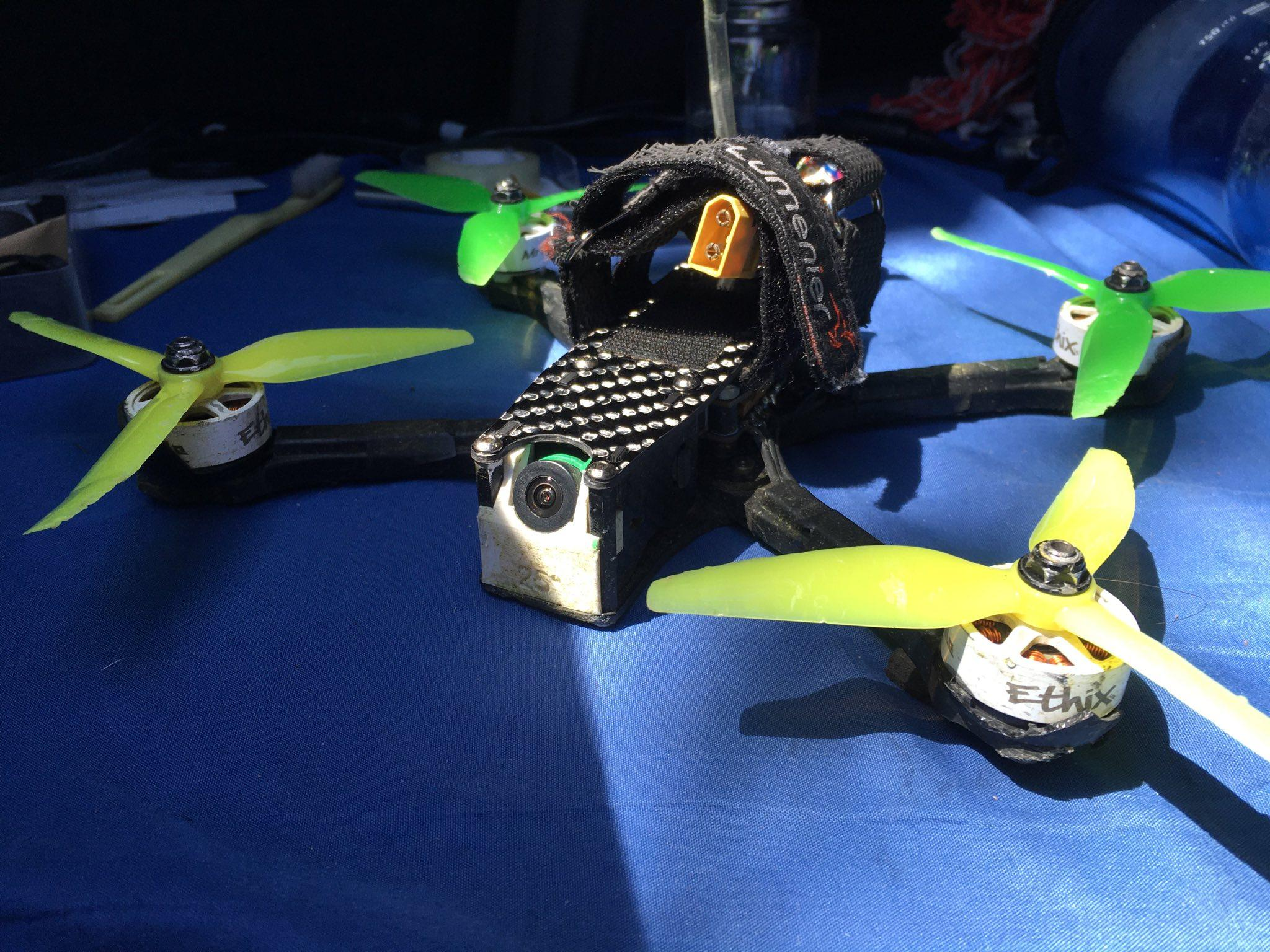The first computer I ever worked on had 8KB of core memory. It was an old Digital Equipment Corporation pdp-8/e. I loved that machine and its open face tale drives and teletype with paper tape punch and reader and card reader.
Back in middle school my friends and I bought an ancient computer from a bank, a Singer 5800, IIRC. It ran on 240v so we had to unplug the dryer to use it. It had a built-in seat, with the tty, processor, memory, paper tape reader, and printer kinda wrapping around the operator’s seat. It even had a little section you could flip down to bridge the last gap, leaving you totally surrounded. It was a hoot and a half going through the 5’ higher stack of manuals and learning how to use and program it. Inside the memory cabinet, where the 4K of core memory lived, someone had velcroed a horseshoe magnet to the door, with “delete utility” written on it.
Good times.
That’s awesome! I have a MicroVAX-II that hasn’t been powered up for about 20 years. I want to replace the power supplies and see if I can get it up and running at some point. Future project.
MicroVAX-II was the first “real” computer I ever used, professionally. It started me down the VMS road in the late 1980s. I didn’t pick up the One True Religion of Unix until 1998.
Finally had to take VMS (and COBOL) off my resume about 15 years ago to stop all the calls from desperate headhunters trying to keep ancient systems on life support.
And rope memory!

Rope memory went to the moon.
Is that… 32 bytes of memory? Wow, I didn’t know they also came in rope form factor as well.
Some cores appear to touch other neighboring cores. Won’t that cause issues to the core’s magnetic properties?
The touching of the cores isn’t really important, what matter is which specific wires run through each core vs around/outside each core. That weave pattern defines the addressing scheme and the data stored in each address.
http://madrona.ca/e/coremem/index.html Core memory
http://madrona.ca/e/corerope/index.html Rope memory
After digging some more, looks like core rope memory is different than the magnetic core memory in your link above (seems to describe magnetic core memory instead of rope memory). Core rope memory is used for ROM while magnetic core memory is used for RAM, and they have different working mechanism.
Another form of core memory called core rope memory provided read-only storage. In this case, the cores, which had more linear magnetic materials, were simply used as transformers; no information was actually stored magnetically within the individual cores. Each bit of the word had one core. Reading the contents of a given memory address generated a pulse of current in a wire corresponding to that address. Each address wire was threaded either through a core to signify a binary [1], or around the outside of that core, to signify a binary [0]. As expected, the cores were much larger physically than those of read-write core memory. This type of memory was exceptionally reliable. An example was the Apollo Guidance Computer used for the NASA Moon landings.
Basically, 1 if the sense wire going through the core, or 0 if the wire bypass the core. You basically woven 1 and 0 manually into the rope. And yeah, it doesn’t matter if the cores touch each other as long as the wires are woven correctly. This article have some wiring diagram for the core rope memory: http://www.righto.com/2019/07/software-woven-into-wire-core-rope-and.html .
Oh, my bad, I linked the wrong page!, edited to include both
All this stuff is really cool! Looks like you can use one ring to store multiple bits by using multiple sense wire. So that’s why there are a lot of wires in the images. Seems like there are 16 bits for each core?
I wonder how feasible it is for someone to built their own retro computers by soldering a bunch of nand gates and weaving their own ram and rom. The only problem seems to be getting the ferrite cores in huge quantities (are those still being sold these days?).
I totally want to try, I think ferrite toroids are everywhere, but the material that core/rope memory rings are made of has a specific magnetic response hysteresis which is important.
There goes my dream building my own computer if I survived a nuclear apocalypse.
Oh, I see what you mean by
Is that… 32 bytes of memory?
No, each wire that goes through the rope, weaving through or around each of the ferrite rings, represents one or multiple bytes.
Looks like there are 16 wires for each core in this module?
Hard to believe that got us to the moon
It really is. They did so much more with so much less back then. Their code was massive but had zero fat. So much of our software now consists of self-celebration.
The memory in the two Voyager spacecraft - still in operation more than 45 years after launch, now more than 4 times farther from our Sun than Pluto’s mean orbit - is core. Poke around in https://voyager.jpl.nasa.gov
That’s awesome. It’s lasted longer than modern flash does.
these looks so awesome.
I think that they’re a wonder of engineering and I also thing they’re beautiful.
I’ve idolized the pdp-8, and always wanted to lay my hands on one.
It was a great machine. I was one of only 3 people in my high school who could enter the bootloader code using the front toggle switches so I would regularly be pulled out of class to run down to the computer trim and reboot the pdp-8/e.





